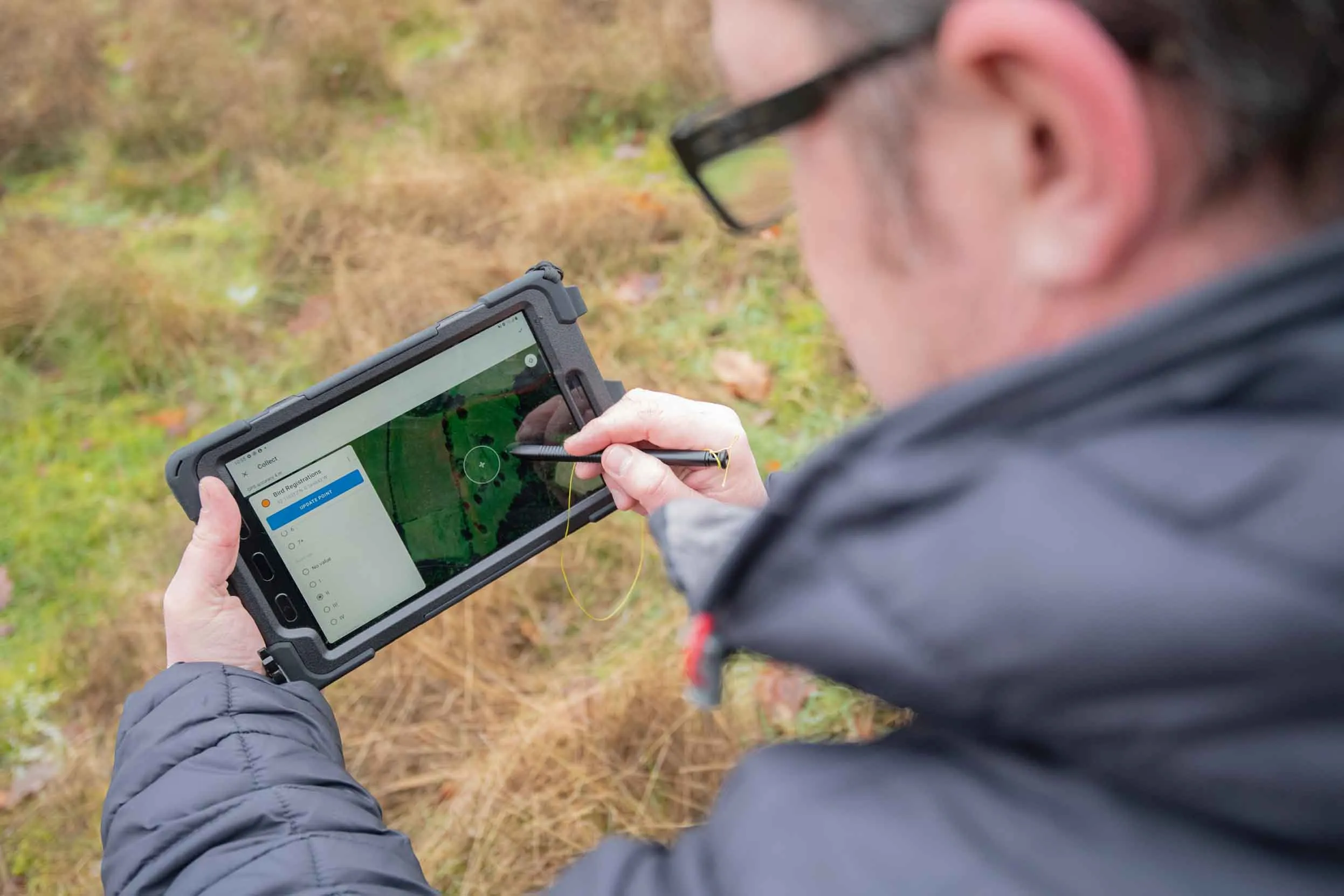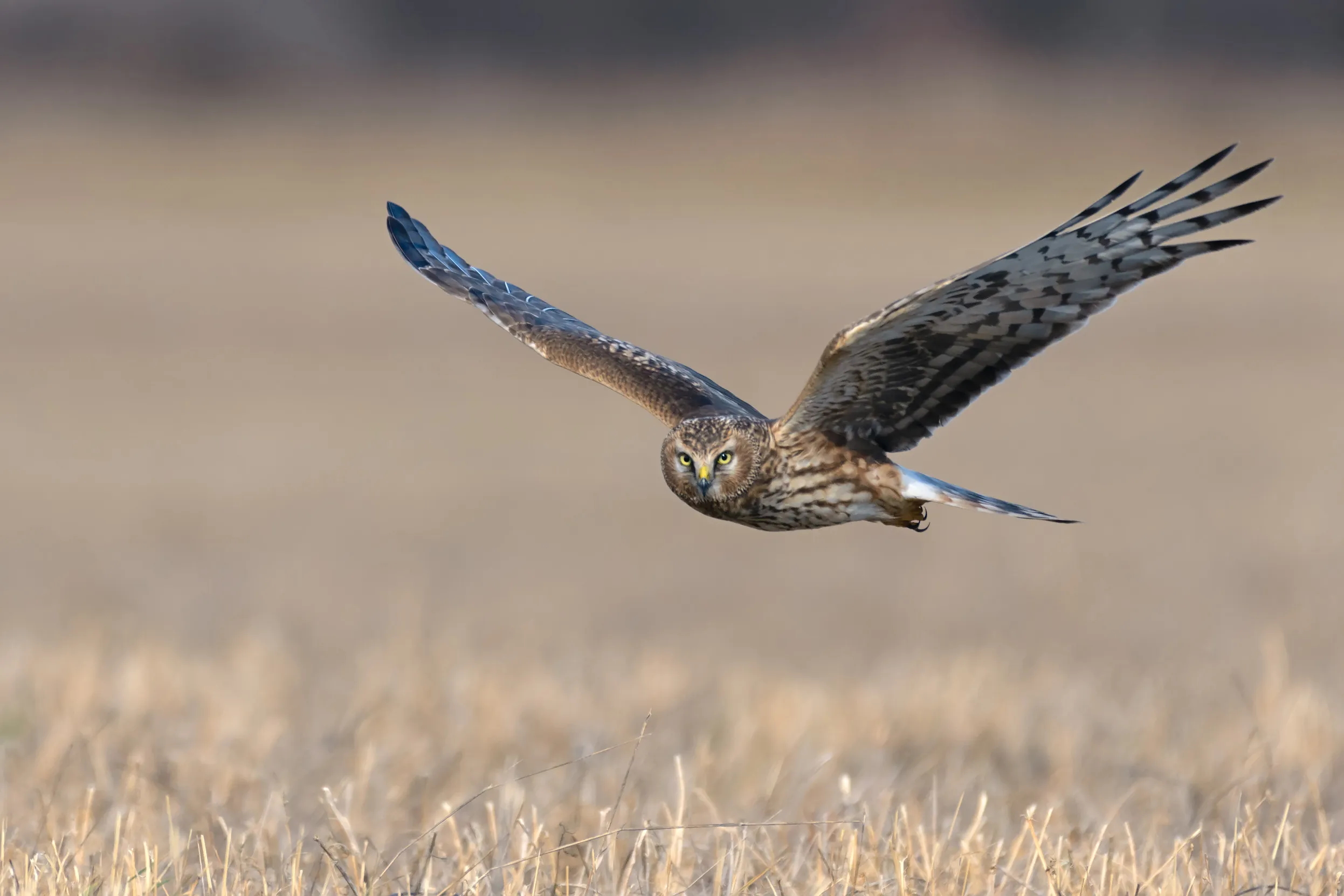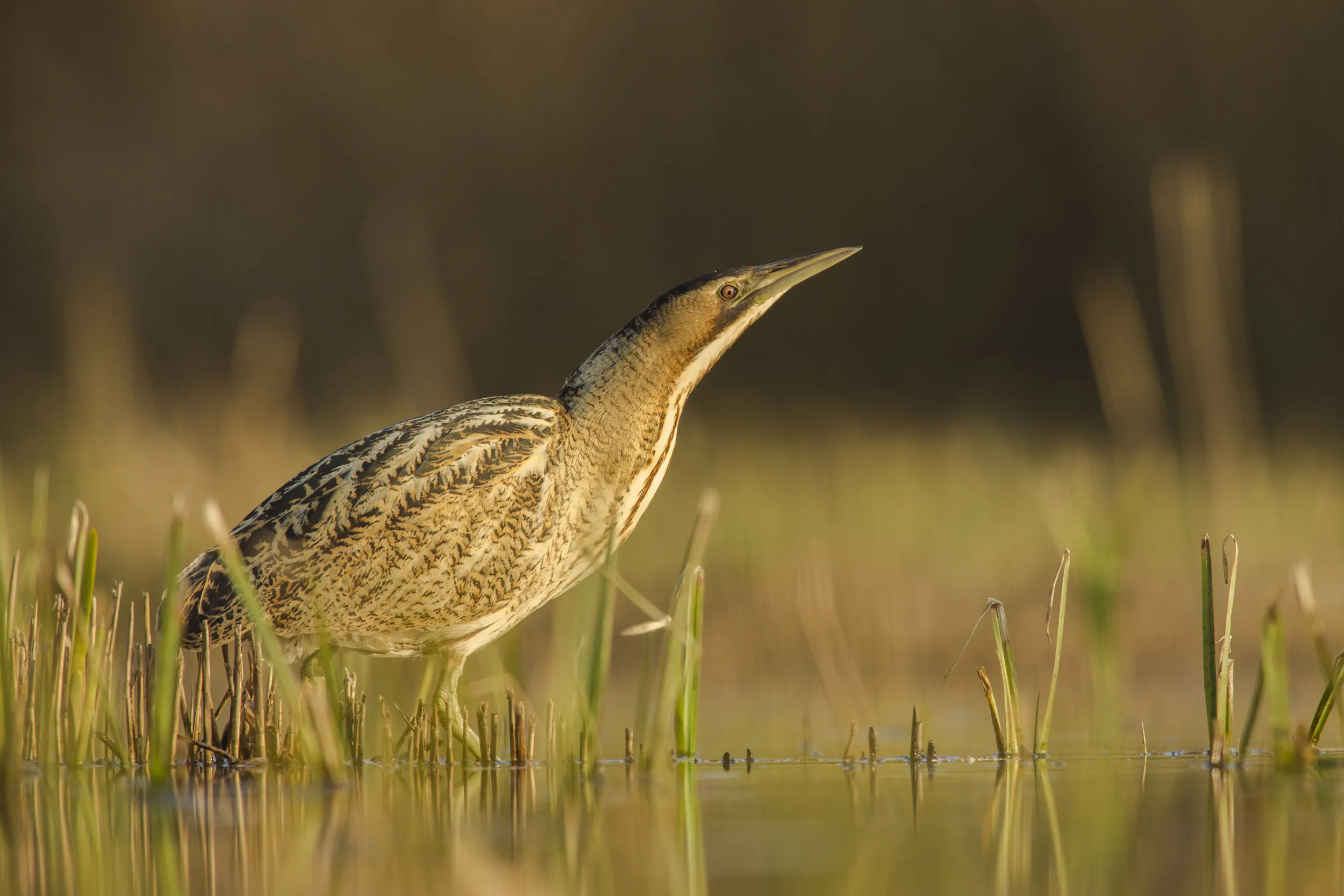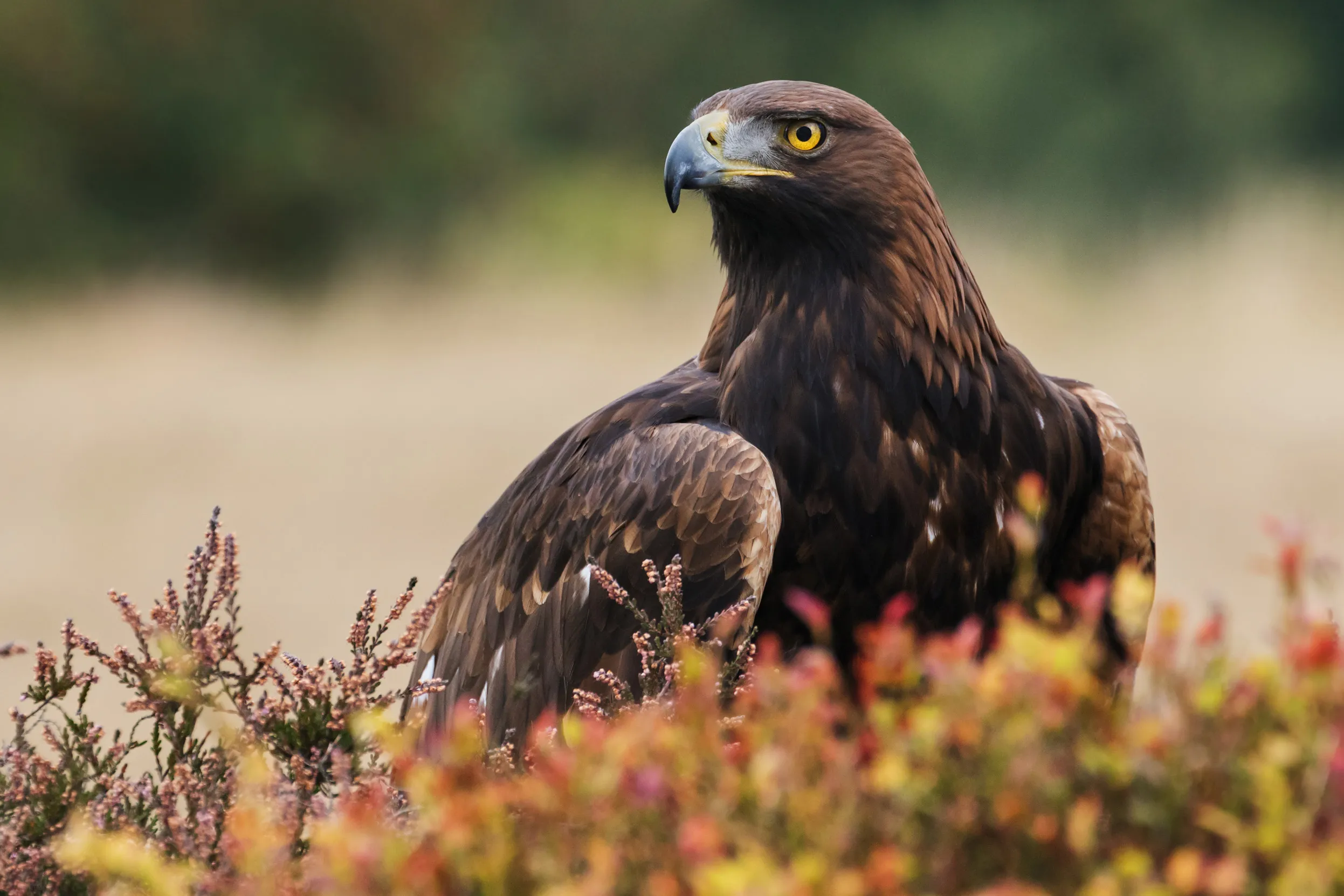Mapping and GIS
The conservation work of the RSPB is reliant on up-to-date, accurate data. We collect and analyse vast amounts of data each year, which we share with other organisations around the world. This is to ensure the best decisions are made for wildlife.

On this page
GIS at the RSPB
We have a dedicated team of GIS and data specialists who work on preparing and presenting our conservation data.
Using specialist software, we conduct geospatial analysis of data to investigate geographic patterns. We map the analysed data outputs, and where appropriate make them available for wider use.

The GIS team maintains a definitive set of our reserve boundaries and other land holdings which can also be downloaded. The RSPB currently holds around 11 million species records, which fall into the following broad categories:
- Annual monitoring of rare/sensitive species, such as Bitterns and Corncrakes
- National surveys of scarce and/or restricted species such as the 2015 Golden Eagle national survey
- Reserves monitoring data, including non-avian species of conservation interest
- Citizen science data, such as the Swift survey
- Regional monitoring of priority species, such as Hen Harrier monitoring in the Forest of Clunie SPA
Many of these datasets are made available through the National Biodiversity Network Gateway, from where you can request access. If the data you require is not available on the NBN, you can make a bespoke data request using the CDMU data request form below.

Accessing our data
The RSPB Open Data Portal provides access to the RSPB's open geographical data such as reserve boundaries and important bird areas. You can explore them via a web map browser and they are available in a variety of formats. Please check license details for each dataset: terms of use vary.
The RSPB is committed to making the species data which it collects available through the National Biodiversity Network (NBN). This should be the first point of call for all RSPB species data.
If the data you require are not yet available through the NBN, or if you require a higher level of access to data on the NBN, we’ll ask you to complete a data request form providing further details of how these data will be used. We will use this information to make a decision about releasing the data at better resolution.
It may not be considered suitable to supply sensitive data at its original resolution, in which case lower resolution data may be supplied. Those who use data for conservation purposes, such as staff of conservation organisations, are given a higher basic level of access to sensitive RSPB data than the general public.
Data sensitivity is determined in line with the guidance developed in consultation with the Rare Breeding Birds Panel for the new Atlas of Breeding Birds.
CDMU data request form
Download a request form for mapping and GIS data.
Word doc, 52kb
Partnership Data
We regularly work in partnership with other conservation organisations and government departments. One or more of the partners will be designated as the dataset distributor, having agreed conditions for data access with the other partners. Where the RSPB is not the dataset distributor, we will refer any requests for that dataset to the distributing partner.

Charges
No charge will be levied for data which are to be used for conservation purposes. Where the data are to be used for commercial purposes, for example in a consultancy report, a charge may be levied to cover the cost of the time taken to extract and process the data. This is levied at a rate of £150 for the first hour and £75 for each subsequent hour, plus VAT.